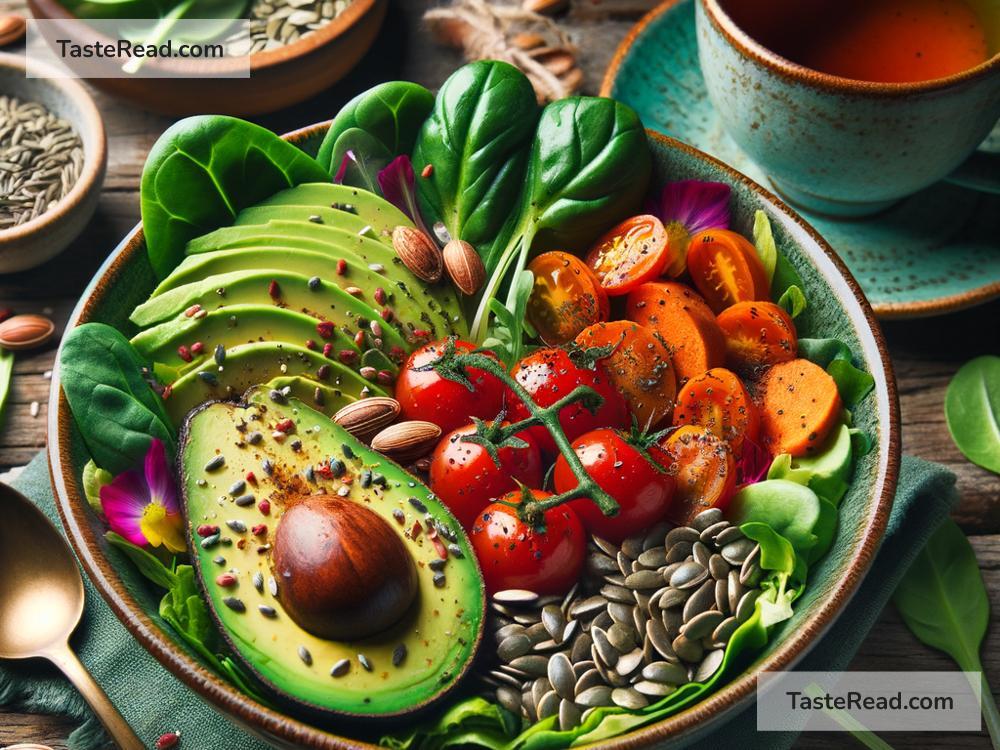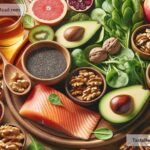Foods for Hypertension: Eating Right to Manage High Blood Pressure
High blood pressure, also called hypertension, is a common health issue affecting people worldwide. It happens when your blood pressure is consistently higher than normal. Over time, this can lead to serious health problems like heart disease, stroke, and kidney damage. One of the best ways to control high blood pressure is by eating the right foods. In this blog article, we’ll explore simple, healthy options to help you manage hypertension.
What Is Hypertension?
Before we dive into the foods, let’s briefly talk about hypertension. Blood pressure is the force of blood against the walls of your arteries. It is measured in two numbers: systolic (the top number) and diastolic (the bottom number). A normal blood pressure reading is below 120/80 mmHg.
When your blood pressure stays higher than 130/80 mmHg, it is considered hypertension. While medication can help, lifestyle changes—especially diet—play a major role in managing this condition.
How Does Diet Help?
What you eat has a big impact on your blood pressure. Certain foods can help lower it, while others can make it worse. For instance, foods high in salt (sodium) can raise blood pressure because they make your body hold onto extra water. On the other hand, foods rich in potassium, magnesium, fiber, and healthy fats can help relax your blood vessels, making it easier for blood to flow and lowering your pressure.
The DASH diet (Dietary Approaches to Stop Hypertension) is a well-known eating plan recommended by experts for people with high blood pressure. It focuses on heart-healthy foods and cutting down on salt, sugar, and unhealthy fats.
Foods That Fight Hypertension
Here are some simple, affordable foods you can include in your diet to manage high blood pressure:
1. Leafy Greens
Leafy greens like spinach, kale, and Swiss chard are rich in potassium, which helps balance the sodium levels in your body. Potassium also helps your blood vessels relax, making it easier for blood to flow.
Try adding a handful of spinach to your smoothie or sautéing kale as a side dish for dinner.
2. Berries
Berries—such as blueberries, strawberries, and raspberries—are packed with antioxidants, especially flavonoids. Antioxidants can improve heart health and reduce blood pressure.
Enjoy berries as a snack, in your breakfast cereal, or blended into a smoothie.
3. Beets
Beets are high in nitrates, which can help lower blood pressure by improving blood flow. Drinking beet juice or adding cooked beets to your salads is a tasty way to give your heart some extra love.
4. Bananas
Bananas are a fantastic source of potassium. They make an easy grab-and-go snack and can be sliced into oatmeal or yogurt for breakfast.
5. Oats
Oats are rich in fiber, which is good for heart health and can help lower blood pressure. Starting your day with a bowl of oatmeal is a simple, nourishing way to improve your heart function.
6. Fatty Fish
Fish like salmon, mackerel, and tuna are rich in omega-3 fatty acids. These healthy fats can reduce inflammation, improve blood vessel health, and lower your blood pressure.
Aim to eat fatty fish at least twice a week. You can bake, grill, or steam it for a heart-healthy meal.
7. Garlic
Garlic contains compounds like allicin, which may help relax blood vessels and lower blood pressure. Adding fresh garlic to your cooking gives your meals a flavor boost while supporting your heart.
8. Dark Chocolate
Good news for chocolate lovers! Dark chocolate (with at least 70% cocoa) contains flavonoids, which may help improve heart health and lower blood pressure. Eat it in moderation—just a small piece can go a long way.
9. Legumes
Beans, lentils, chickpeas, and other legumes are high in fiber, potassium, and magnesium. These nutrients make legumes a great addition to a blood-pressure-friendly diet.
Use legumes in soups, stews, salads, or as a meat alternative in dishes like veggie burgers.
10. Unsalted Nuts
Nuts like almonds, walnuts, and pistachios are full of healthy fats, magnesium, and fiber, all of which contribute to better heart health. Choose unsalted nuts to avoid extra sodium.
Enjoy them as a snack or sprinkle them over salads and oatmeal.
Foods to Limit
While eating the right foods can help manage hypertension, it’s also important to avoid certain items that can make blood pressure worse. Limit the following:
- Salt: Avoid adding extra salt to your food, and be wary of processed and packaged foods, which often contain high levels of sodium.
- Sugary Foods and Drinks: Excess sugar can lead to health problems like weight gain, which may worsen hypertension.
- Fried and Fatty Foods: These can raise your cholesterol levels and put extra strain on your heart.
- Alcohol: Drinking too much alcohol can increase blood pressure, so it’s best to limit your intake.
Tips for Success
Here are some easy ways to make healthier food choices:
– Cook at Home: Home-cooked meals give you control over ingredients like salt and unhealthy fats.
– Read Labels: Check nutrition labels to find low-sodium and heart-healthy options.
– Add Flavors Naturally: Use herbs, spices, lemon, or vinegar instead of salt for seasoning.
Final Thoughts
Managing hypertension doesn’t have to be complicated. With a few simple changes to your diet, you can help lower your blood pressure and improve your heart health. Focus on whole, natural foods, and limit your intake of processed and salty items. Combine healthy eating with regular exercise, stress management, and any medication prescribed by your doctor for the best results.
Remember, small steps add up to big changes. Start today by adding some of these heart-friendly options into your meals. Your heart will thank you!
Let us know if you have any favorite tips or recipes for managing hypertension—share them in the comments below!


